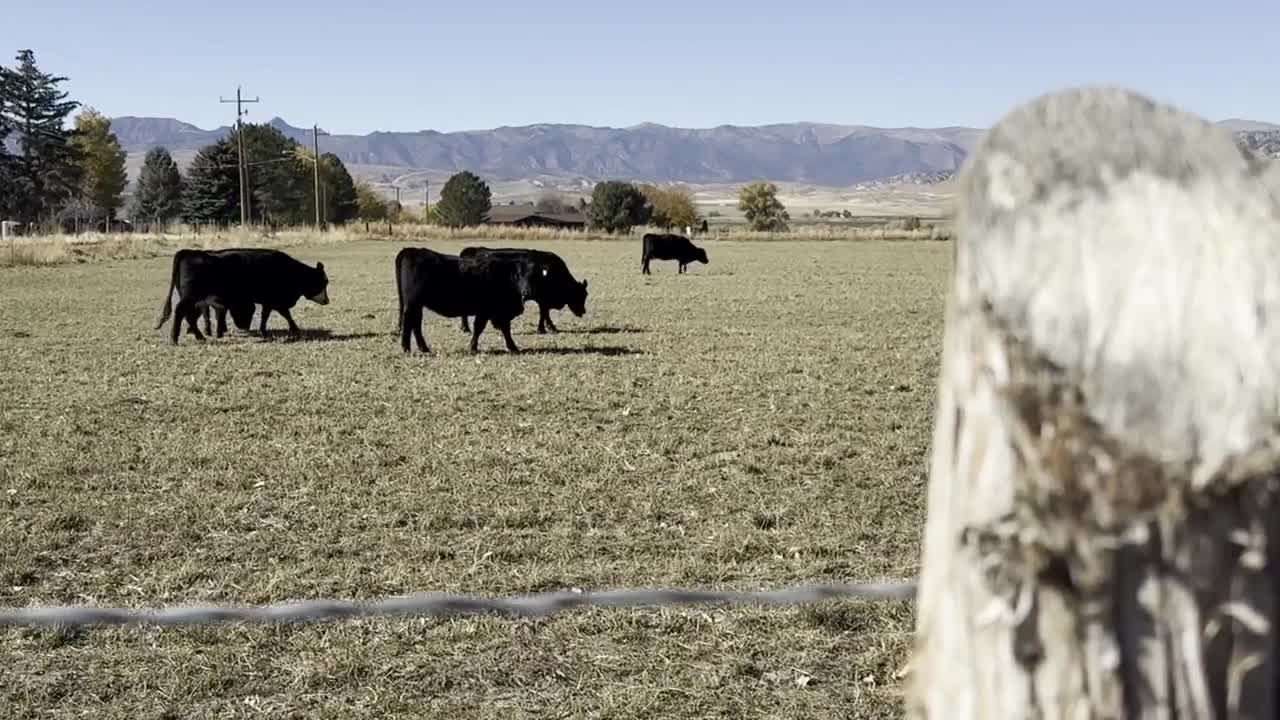SALINA, Utah — Shoppers are receiving a heavy dose of sticker shock at the grocery store when it comes to hamburger and beef prices, but it’s not Utah ranchers who are cashing in.
For years, local ranchers have dealt with years of drought, higher feed costs and now, with an increased supply of beef from outside countries, they’re facing challenges that are greater than ever before.
"It’s not ideal at this point. We want to be profitable and be sustainable with our operations," explained cattle rancher Jason Goble, who also runs the FFA program at North Sevier High School.
Goble said he got nervous and decided to sell his calves before the live market changed, and was happy he did. Typically, he holds onto the calves he raises for a few more months to get them up to higher weights, but he heard concerning rumors and sold early.
"You know, we’ve had some tough years," shared Utah Farm Bureau Federation President Valjay Rigby.
Fed cuts key interest rate again as growth slows and inflation stays high:
From smaller herds and years of drought to increases in feed prices, equipment, and other costs, ranchers are struggling on all fronts.
"Just like any consumer, we’re facing increased costs on anything we buy and purchase," Rigby added.
On Wednesday, the American Farm Bureau released a report showing how cattle futures have dropped 8 percent in one week. That came after President Donald Trump announced last week that the U.S. would buy more beef from Argentina, leaving local ranchers to take an immediate hit.
"It triggered a lot of instability," said Rigby about the day the announcement was made. "People just didn’t know what to do. "The price was off significantly to start the day. In fact, they no sale'd, so they don’t sell since the price was so low, but that’s the challenge when we have external factors coming into a market."
Goble hopes for a few good years to turn a profit, replace old equipment, and pay off debt while continuing to invest in the next generation of ranchers.
"We need them," he said of those looking to get into cattle ranching. "Less than 2 percent of our population now are farmers and ranchers. We definitely need people to be in this industry – basically to feed the rest of us."




